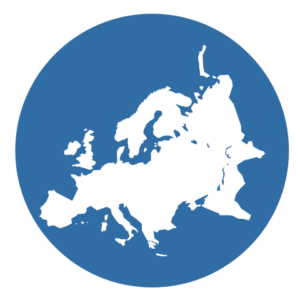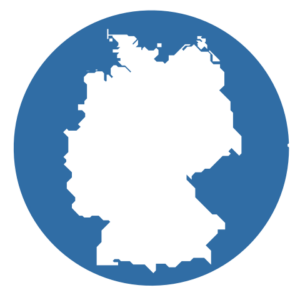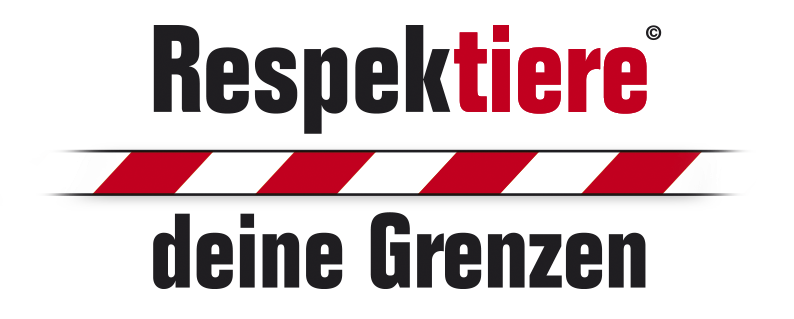
Competence:
the ability to do
something well

Digitize the Planet sees itself as a competence center for data management for digital visitor guidance.
This results in the following task: collection and digital processing of information on regulations concerning behavior in nature.
This information includes:
- Descriptions of protected areas,
- rules,
- behavioral guidelines,
- agreements and
- conservation guidelines.
The information can be found on international, national, regional, and local levels.
The goal: to make the right information available to all outdoor enthusiasts in a timely manner.
The journey has already begun before departure:
- Digital information reaches guests before they leave for their destination.
- Digital visitor guidance is the tool to steer guests at the proper time, during their planning phase.
- Timely accessibility is ensured by a format that can be integrated into any system.
- As Open Data, the data collected and georeferenced by DtP is freely available.
- An international network supports the dissemination of the data.
Digitization in nature conservation – laws and framework conditions
(EU – D – Federal States)
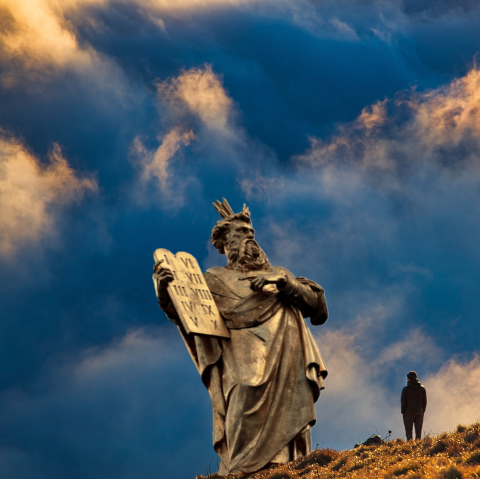
For the digitization of the rules and regulations of natural areas, their sources and form first need to be identified. Administrations, nature conservation, and politics are increasingly networked across borders. This can be seen in the ways in which different laws and categories of protected areas interact with each other. Special attention is paid to the different levels and hierarchies. This is fundamental to the evaluation of systemic and specific impacts digitization has on recreational use and nature conservation.


Europe | EU
There are more than 26,000 protected areas in Europe. The Natura 2000 network is the basis of the EU nature protection policy.
These directives set the framework for the characteristics of the areas.
Firstly, national legislation defines rules for recreation in nature.
Two directives are of outstanding importance in the EU:

Germany
In Germany, two laws have a major influence on the recreational use of nature: the Federal Nature Conservation Act and the Federal Forest Act. In special areas, laws such as the Water Resources Act or Hunting Act play a role in the use of nature.
For the rules on the use of nature, the state legislations and their amendments, as well as supplements, have to be taken into account.
Two directives are of outstanding importance in Germany:
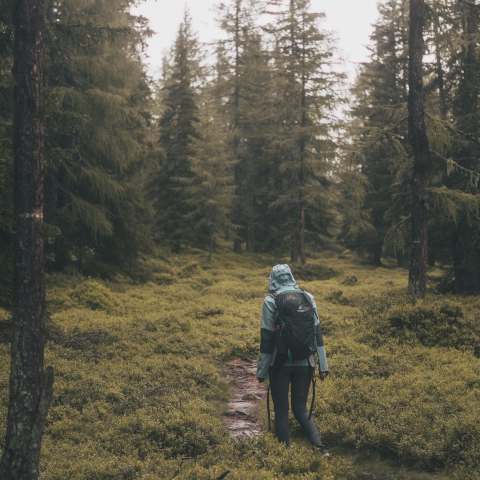
Federal States
- Entry for recreational purposes is permitted in all state nature conservation laws and forest laws.
- Certain functions of landscape and forest can lead to restrictions, e.g. protected areas, forestry.
- The prohibition of fire and camping in the forest is made explicit as a rule at the state level.
- Attention: Rules for the use of different trials show considerable differences in the state legislation:
- Baden-Württemberg: “2-meter rule” as minimum width for cycling.
- Nordrhein-Westfalen: fixed paths (surface condition) for cycling.
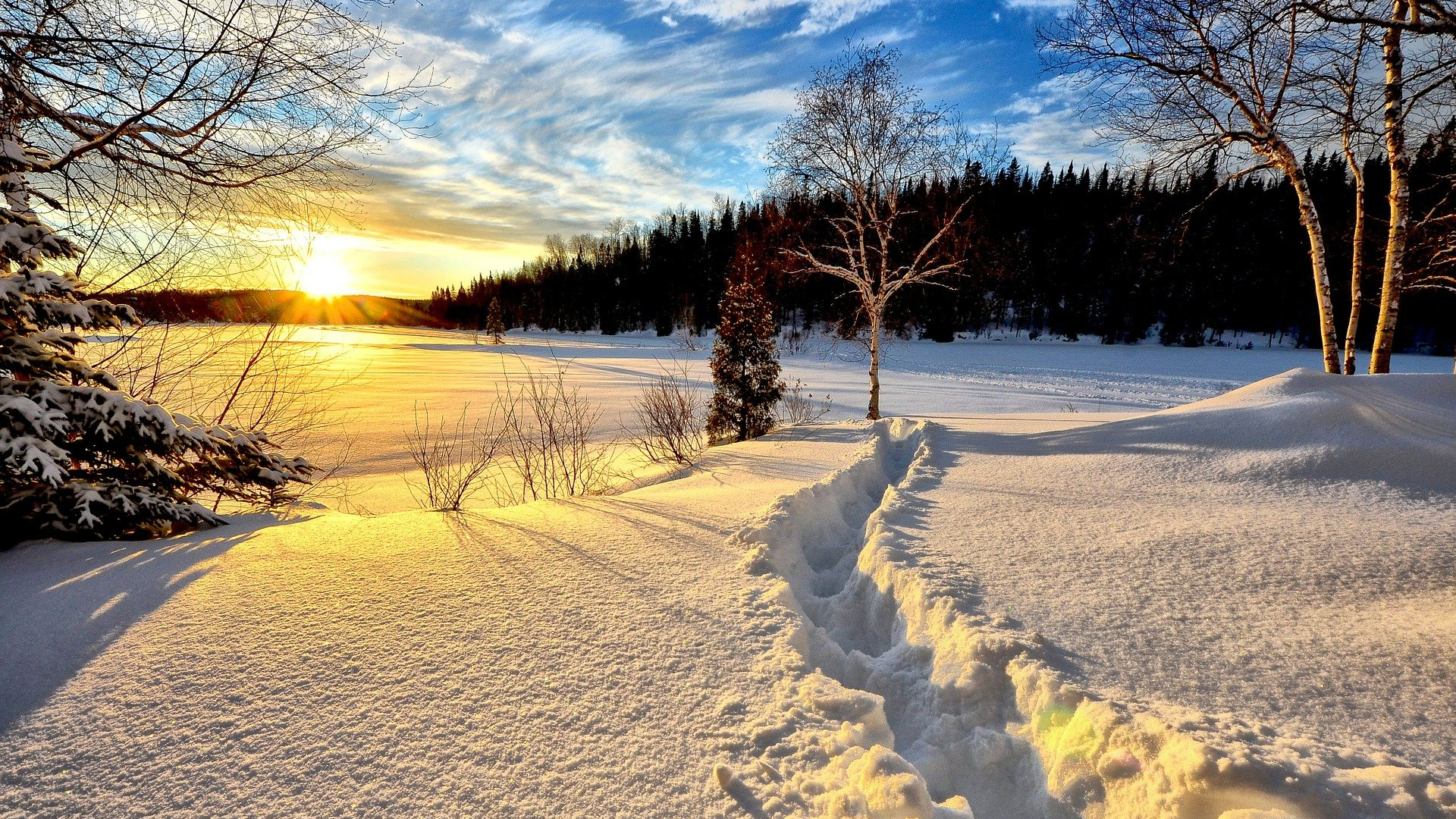
Protected areas – Categories
INT | EU | D | Federal States
For the preparation and digitization of rules from federal and state laws, different categories of areas are to be presented in a uniform format. Protected areas, which are characterized by the rules in place for their use, are in focus. They serve to protect sensitive and rare natural habitats.

- What are the protected areas?
- What are their special functions?
- Who manages areas and information at what levels?
Numerous categories of nature and landscape conservation areas are intended to guarantee the long-term protection of nature, related ecosystem services, and cultural value (IUCN definition 2008). International agreements for the protection of special natural areas reflect these different categories as well as their respective functions as protected areas, for example, at national levels.
Use rules and restrictions vary significantly across the different categories of protected areas. In the context of recreational use, protected areas with regulations for recreation are decisive. These are to be presented to the end-user.
Local, specific features characterize individual protected areas. To meet the specific requirements of each area, special ordinances define the rules of each protected area. For information on rules, these ordinances are the most important sources.
International protected area categories

A further international classification for the protection of nature:
European protected area categories
The Natura 2000 network is the main EU-wide instrument for nature conservation. Two EU directives oblige member states to protect important habitats for fauna and flora as well as biodiversity.
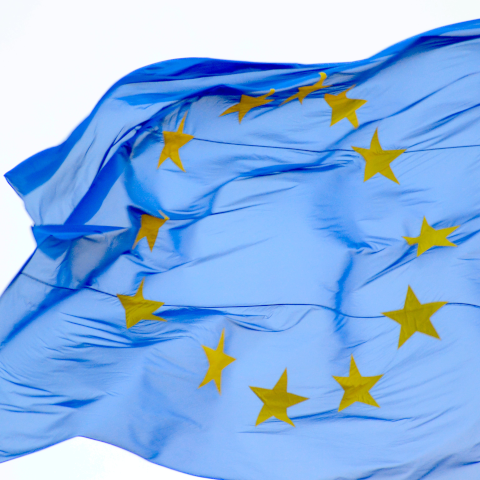
These categories of protected areas are designated by the member states and protected by national law. Germany implements this differently at the state level: some states designate the areas as landscape conservation areas or nature reserves. Others list them as special protection areas or include a prohibition of deterioration for the areas in the state nature conservation law.
=> The rules for Natura 2000 sites result from the national or country-specific designation as protected areas.
Other European protected areas
- Biogenetic Reserve (Special Protection Area Award)
- Natural Forest Reserve
- Specially Protected Areas of Mediterranean Importance
- Emerald Areas

German protected area categories
Germany is home to many different protected areas, which have a wide variety of uses and objectives and are reflected in the rules for recreation in these areas:
Further information on protected areas in Germany is provided by the website of the National Natural Landscapes.
Local agreements
If legally established rules do not provide sufficient protection, local agreements can supplement them. This is based on dialogues between all interest groups. Conflicts between users, for example from nature conservation, agriculture, and nature sports, can be identified by local actors specific to the location and use. Based on this, effective and adapted agreements can be made to protect nature. Simple and small-scale agreements between stakeholders can prevent or reduce conflicts. Agreement among all stakeholders on the use of land and trails can lead to targeted and balancing conflict resolution. The “Respect Your Boundaries” campaign can be cited as an example.
Main actors of local agreements
- Communities
- Landowners
- Alpine clubs
- Tourism associations
- Hunters and hunting associations
- Forestry authorities
- Natue conservation
- Sports associations
- Politics
- Local sportsmen/ local people
- Agriculture
- Alpine farming
- …
Preconditions for regional acceptance and successful implementation
- Extensive participation of all stakeholders and their local representatives who know the area in question and its use;
- Local identification of the conflict area that requires the smallest possible intervention in the existing regulation and achieves the greatest possible positive effect for all parties involved;
- Transparency and communication around the creation process are the basis of the traceability of the voluntary regulation; the possibility of participation is given;
- The local agreement is to be published in analog and digital form on all important channels. This ensures that local as well as non-resident users are reached;
Only what is accepted locally can also function on the supraregional level.
